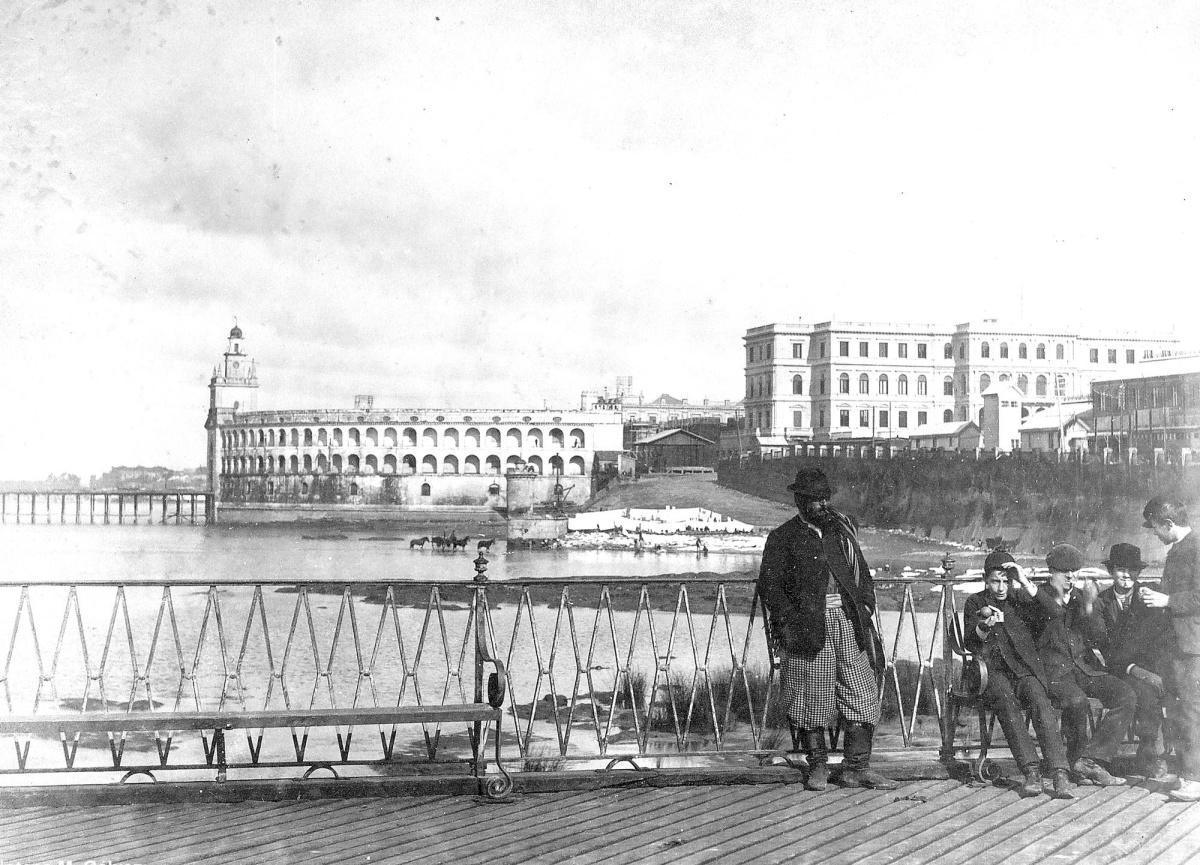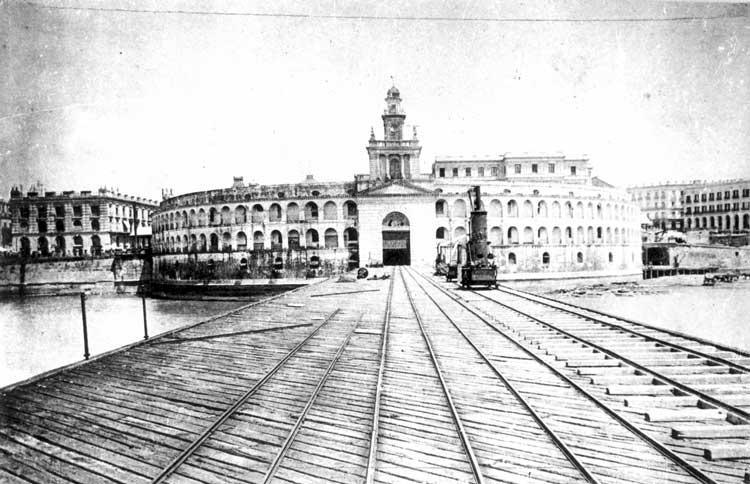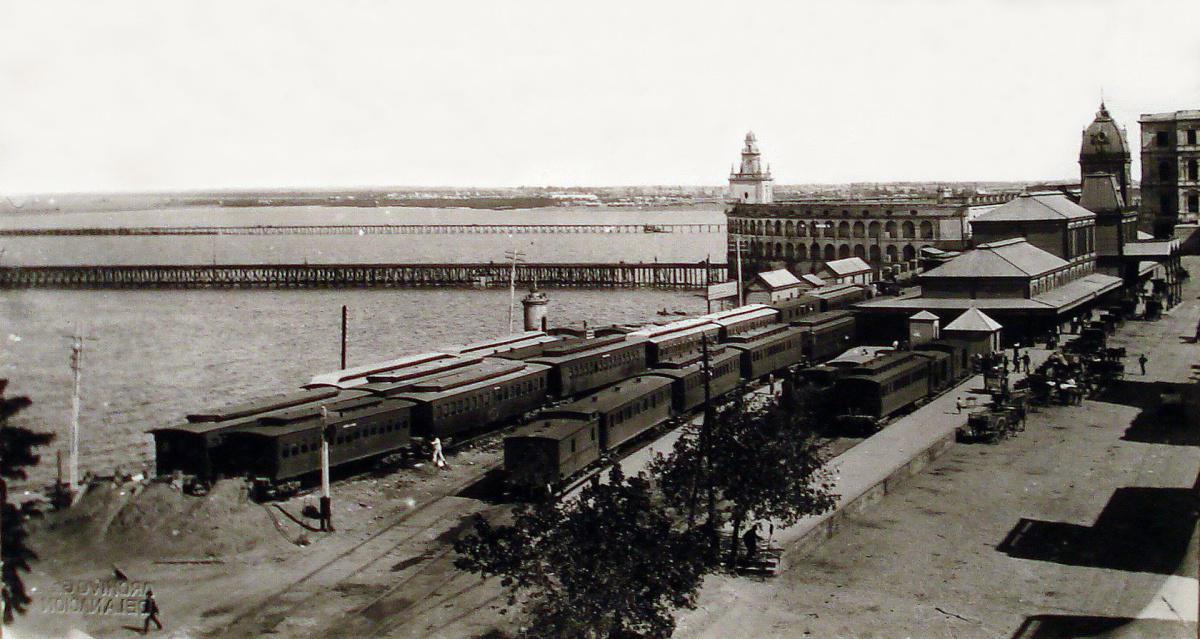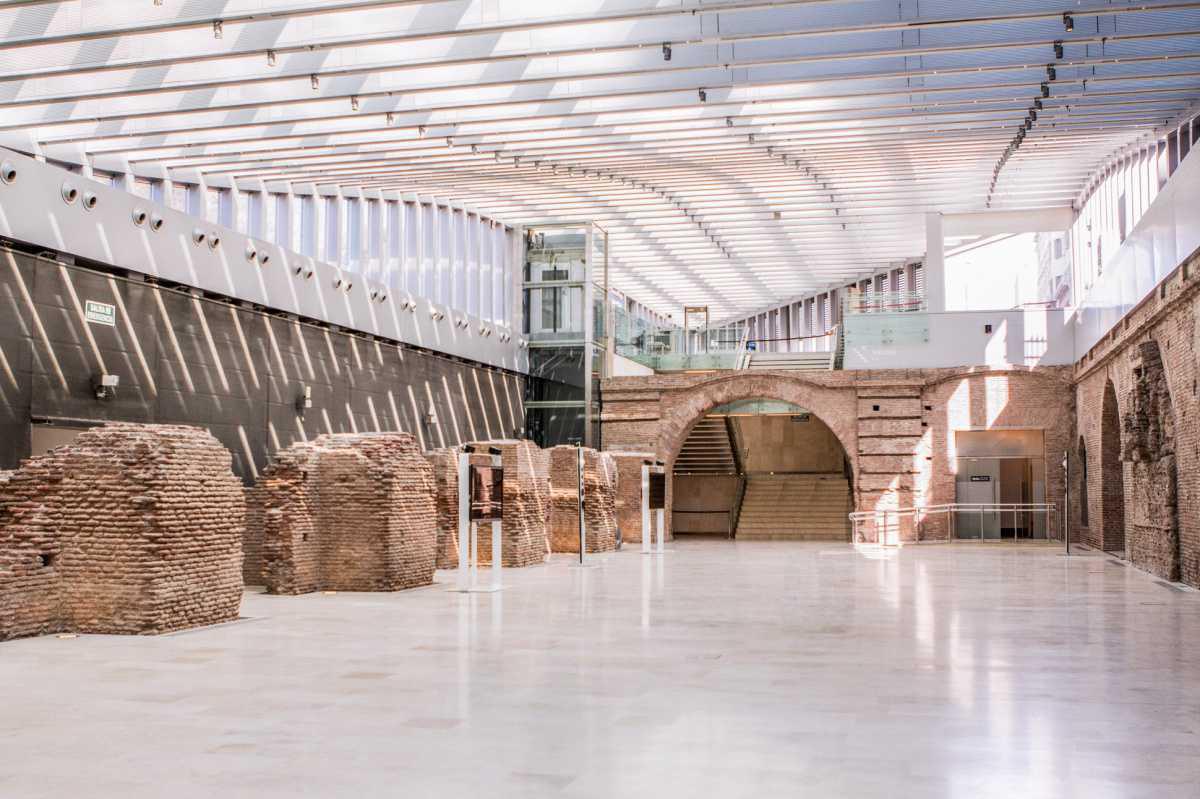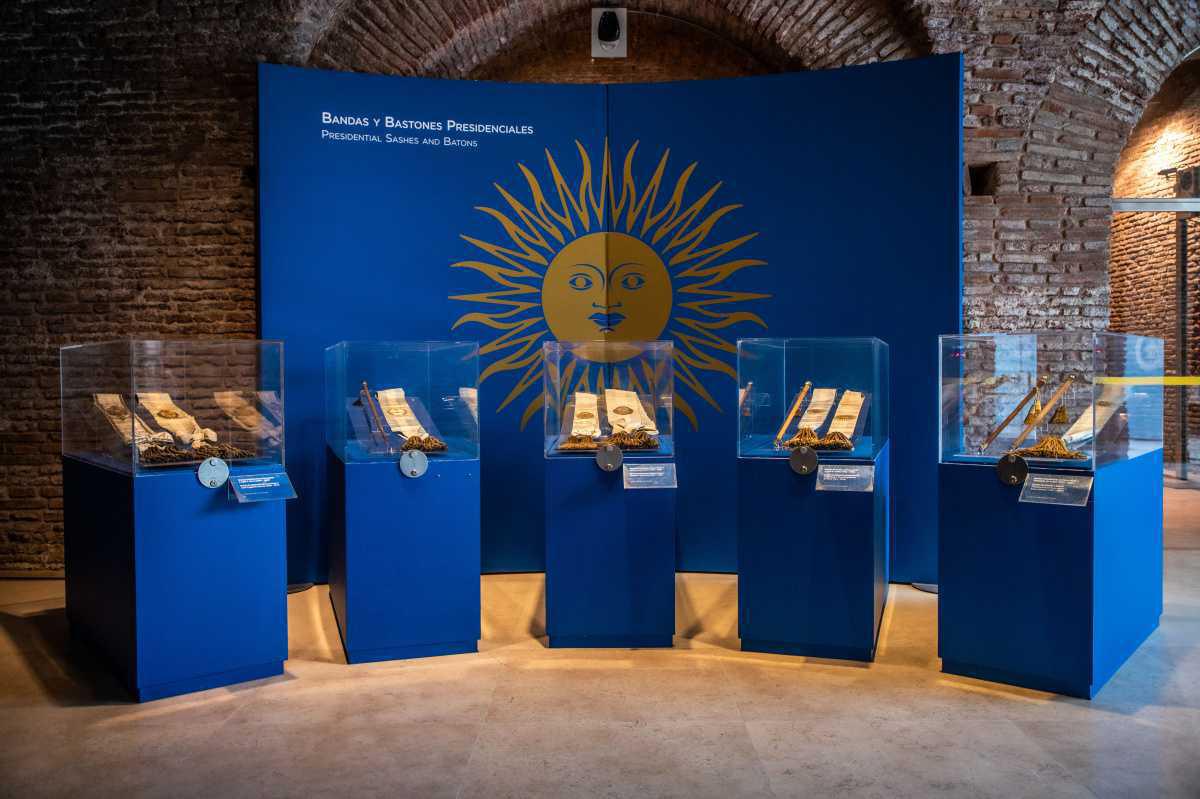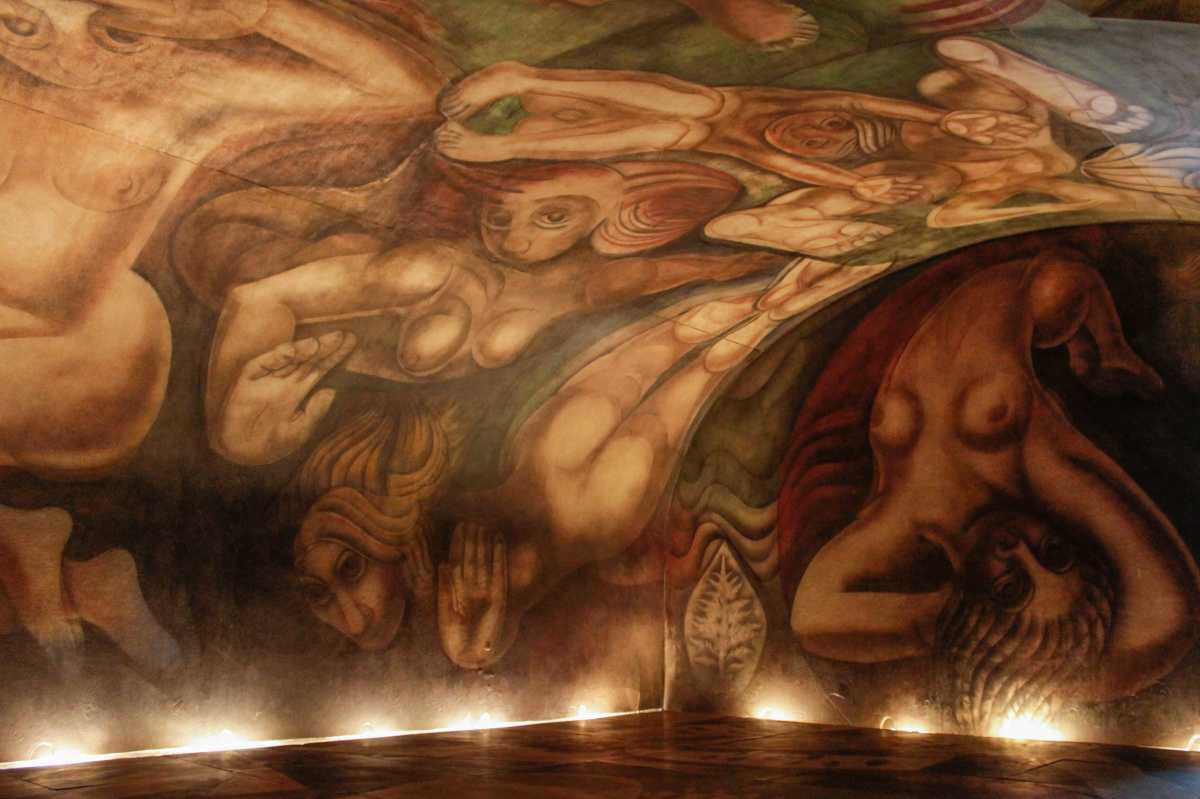
Comentarios
R2-P7. Museo de la Casa Rosada / ex Aduana de Taylor
100 Av. Paseo Colón Monserrat
Breve Historia
Short History
La Aduana Nueva o Aduana de Taylor fue el primer edificio público de gran volumen construido en Buenos Aires y también el primer relleno importante realizado sobre terreno ganado al Río de La Plata.
The Aduana Nueva or Aduana de Taylor was the first large public building constructed in Buenos Aires and also the first important landfill built on land reclaimed from the Río de La Plata.
Inspirada en el notorio empuje que cobraba el puerto de Buenos Aires y símbolo del poderío económico porteño, la aduana comenzó a construirse en 1855 y se la inauguró en 1857.
Inspired by the notorious thrust of the port of Buenos Aires and a symbol of the economic power of Buenos Aires, the customs house began to be built in 1855 and was inaugurated in 1857.
Estaba situada con frente al río, detrás de la Casa de Gobierno, y fue proyectada por el ingeniero inglés Eduardo Taylor, lindando con las paredes posteriores del Fuerte y mirando al río levanta la "Aduana Nueva".
It was located facing the river, behind the Government House, and was designed by the English engineer Eduardo Taylor, bordering the back walls of the Fort and facing the river, it raises the "Aduana Nueva" (New Customs House).
Al ser el primer edificio público de grandes dimensiones del joven Estado mercantil de Buenos Aires; su forma semicircular cuenta con cinco pisos de depósitos y cincuenta y un almacenes abovedados rodeados por galerías.
Being the first large public building of the young mercantile state of Buenos Aires, its semicircular shape has five floors of warehouses and fifty-one vaulted warehouses surrounded by galleries.
Se utiliza por menos de cuarenta años y es demolida hasta el primer piso por el proyecto del Puerto Madero, quedando su base sepultada bajo la actual Plaza Colón.
It was used for less than forty years and was demolished up to the second floor for the Puerto Madero project, leaving its base buried under the current Plaza Colón.
El Museo está ubicado en los restos de dos edificios históricos que fueron sometidos a un riguroso proceso de restauración y recuperación patrimonial: la Aduana Taylor, de 1855, y el Fuerte de Buenos Aires del siglo XVIII, en cuyo solar se levanta la Casa Rosada de fines del siglo XIX.
The Museum is located in the remains of two historic buildings that underwent a rigorous process of restoration and patrimonial recovery: the Taylor Customs House, from 1855, and the Fort of Buenos Aires from the 18th century, on whose site the Casa Rosada from the end of the 19th century was built.
Fue realizado en 1933 por Siqueiros, junto a los argentinos Spilimbergo, Berni, Castagnino y al uruguayo Lázaro, por encargo de Natalio Botana.
It was made in 1933 by Siqueiros, together with the Argentines Spilimbergo, Berni, Castagnino and the Uruguayan Lázaro, commissioned by Natalio Botana.

